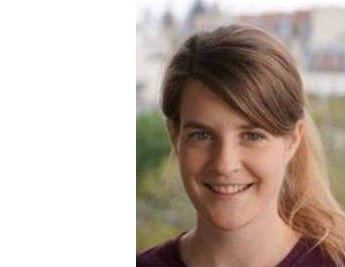Prof. Monika Aidelsburger: "Observation of non-ergodic behavior in the tilted 1D Fermi-Hubbard model"


Thermalization of isolated quantum many-body systems is a fundamental problem that has important connections to quantum information theory. While generic models are expected to thermalize according to the eigenstate thermalization hypothesis (ETH), violation of ETH is believed to occur mainly in two types of systems: integrable models and many-body localized systems. In contrast, recent studies have predicted non-ergodic dynamics in disorder-free lattice models, due to a shattering of the Hilbert space into many dynamically disconnected subspaces. An experimentally readily accessible model that is expected to exhibit such phenomena is the 1D Fermi-Hubbard model in the presence of a strong linear potential (“tilt”). In this work, we experimentally study the dynamics of interacting fermions in an optical lattice in the intermediate to low-tilt regime. Starting from a charge-density wave initial state (quarter filling), we investigate potential non-ergodic behavior by tracking the time evolution of the occupation imbalance between even and odd lattice sites. At short times we observe parity-projected real-space Bloch oscillations, which, depending on the strength of the tilt, exhibit interaction-induced damping and additional frequency components. At long times our results reveal a robust steady-state imbalance up to about 700 tunneling times, whose value depends on the interaction strength, however, no clear transition into an ergodic regime has been found. We compare our experimental results to numerical calculations and find excellent agreement throughout. While in the strong-tilt regime we expect shattering of the Hilbert space to inhibit thermalization due to dipole conservation, this is not expected to hold in the parameter regime studied here. We interpret the robustness of our observations at intermediate times via the emergence of approximately disconnected subspaces, which we identify numerically.
